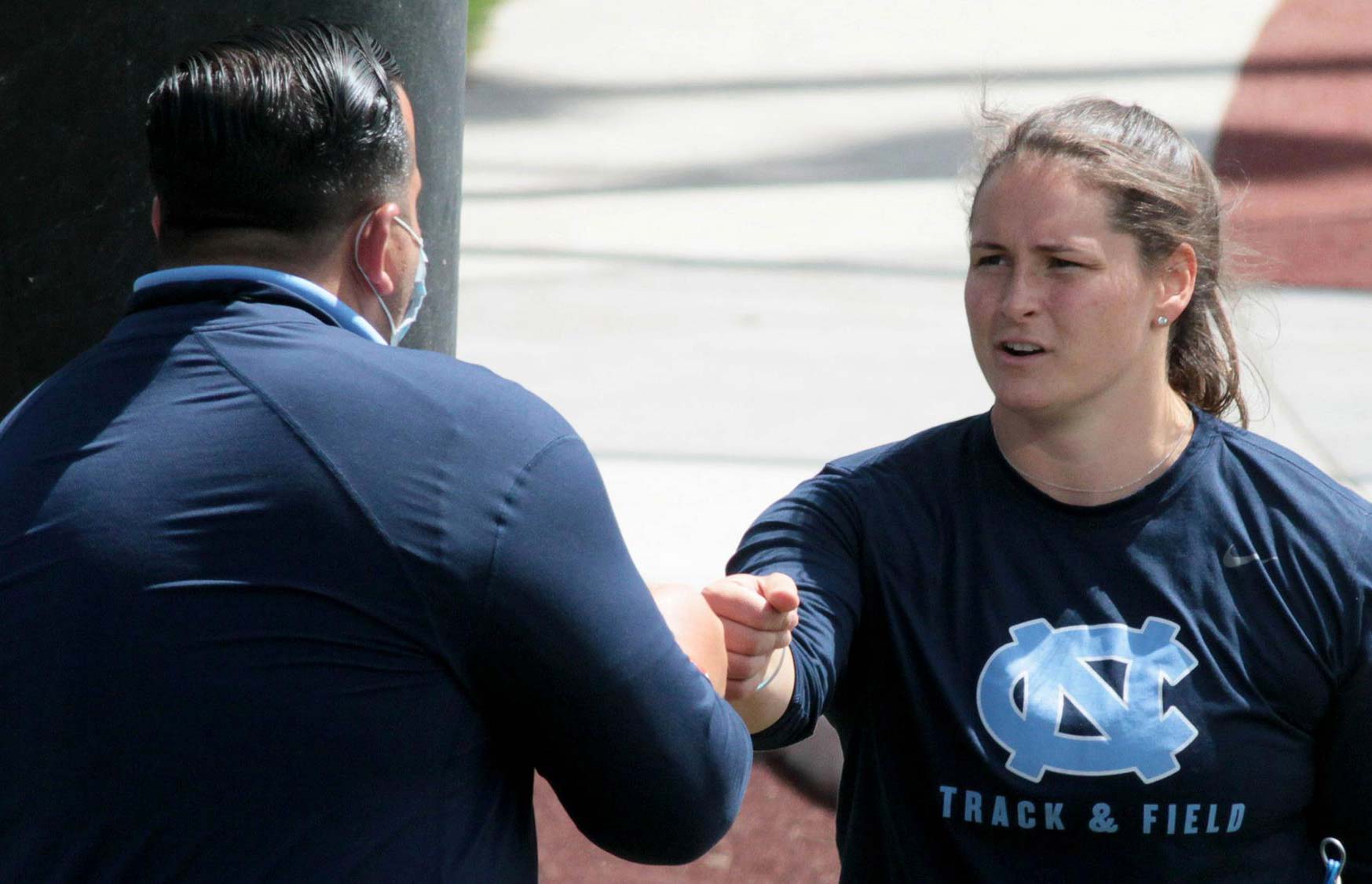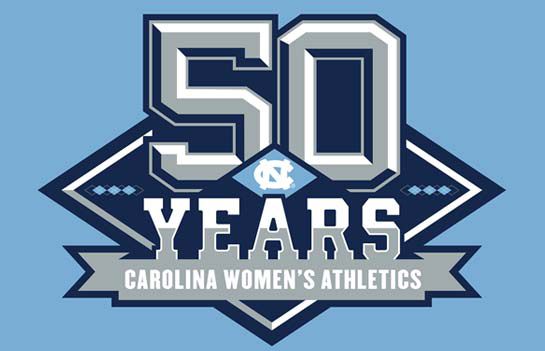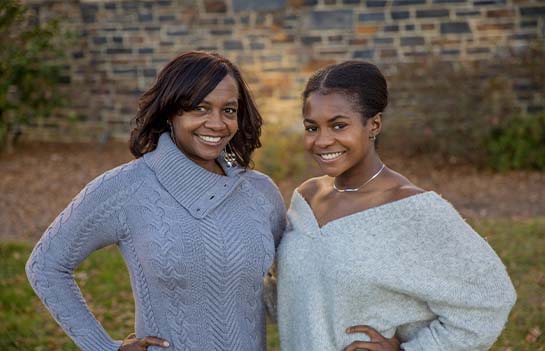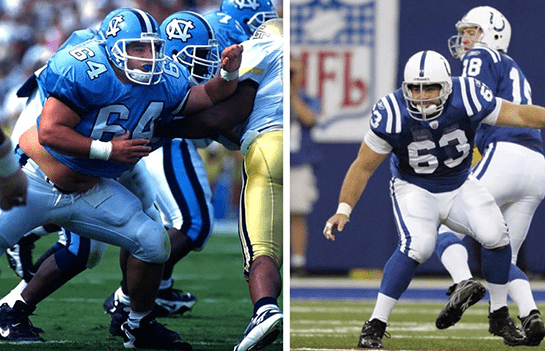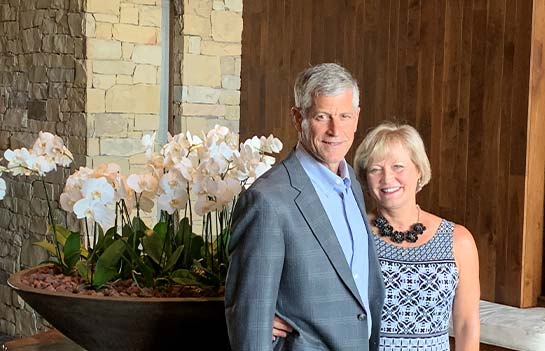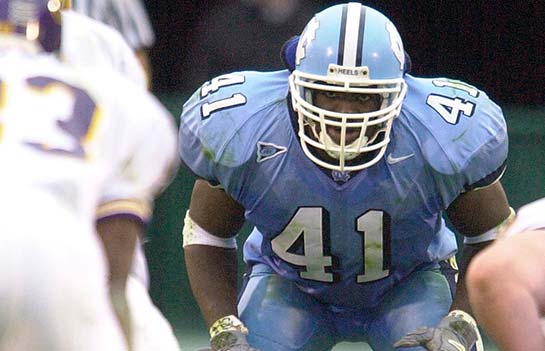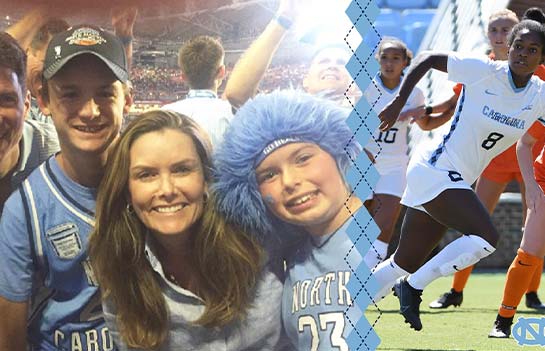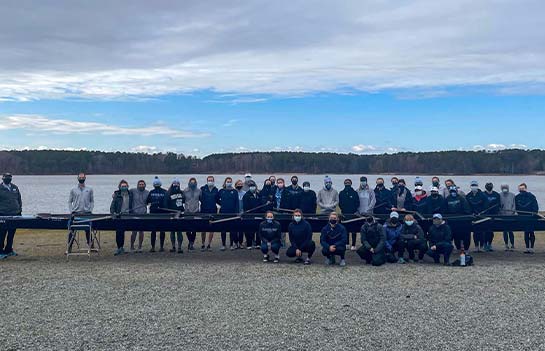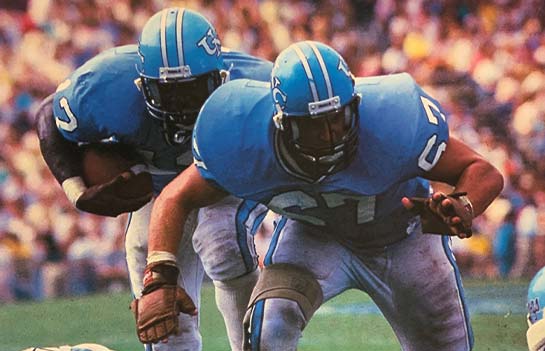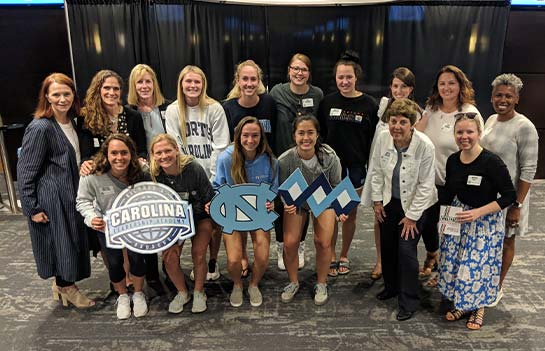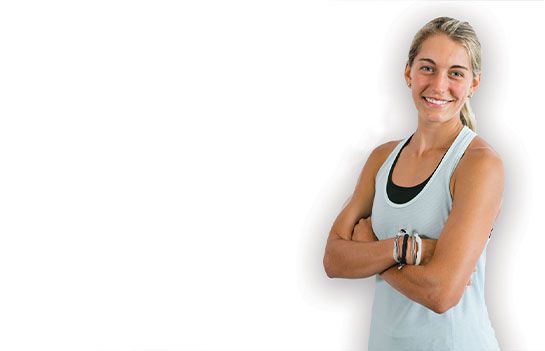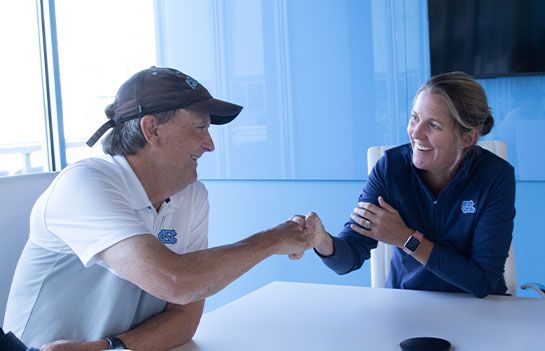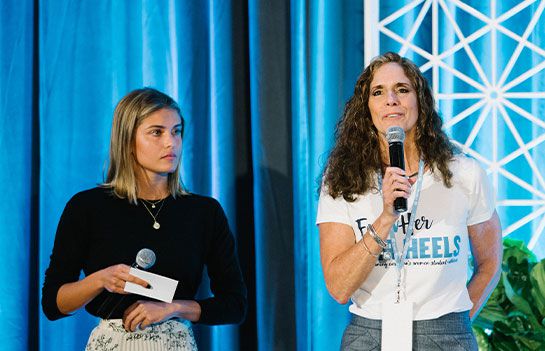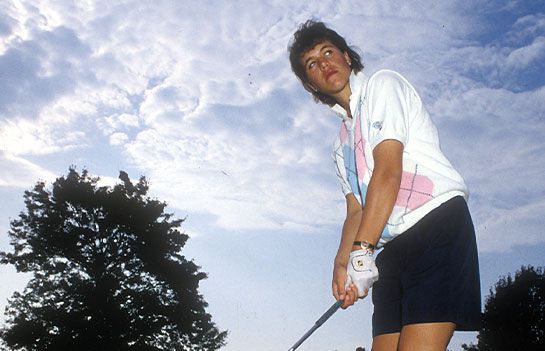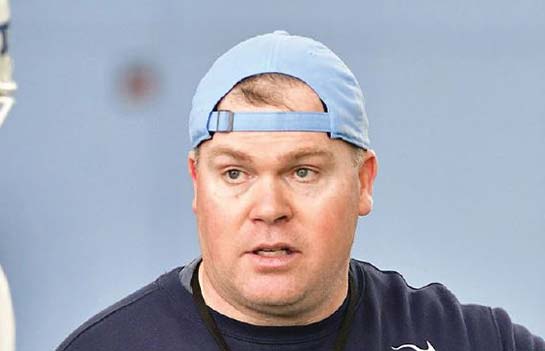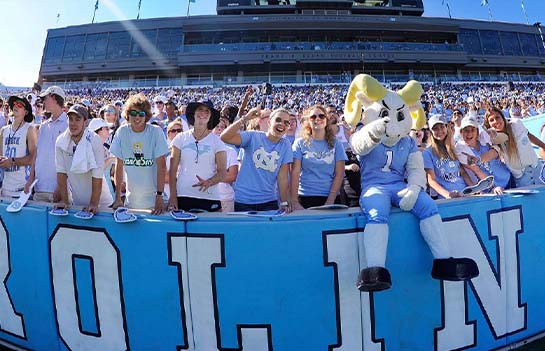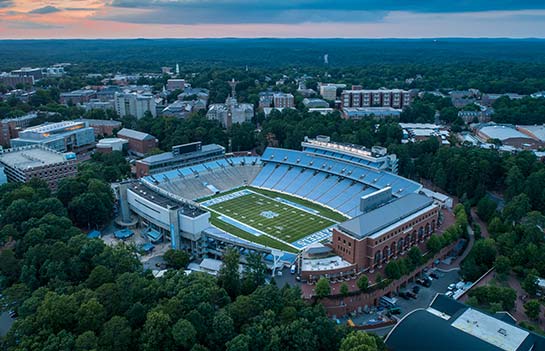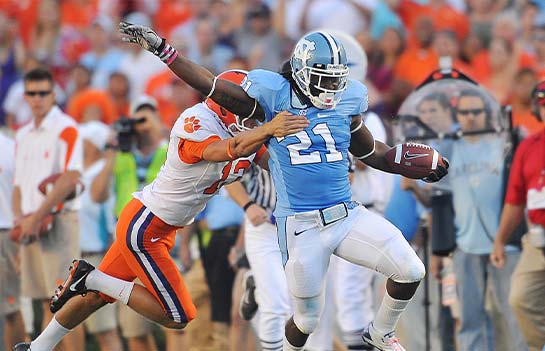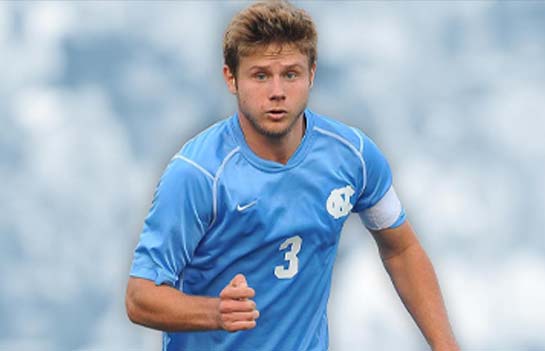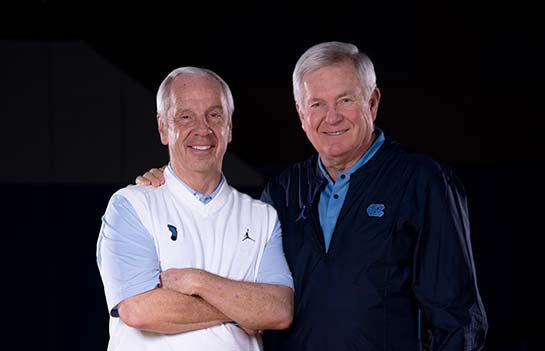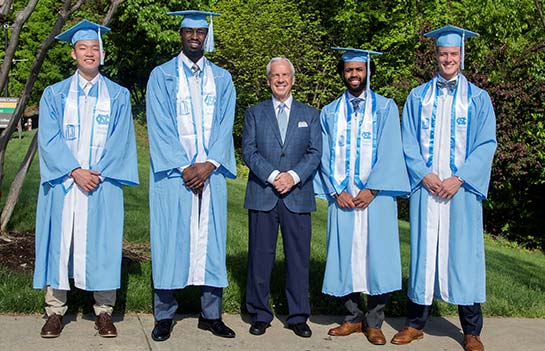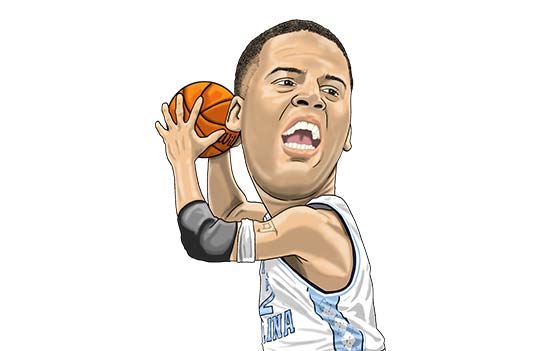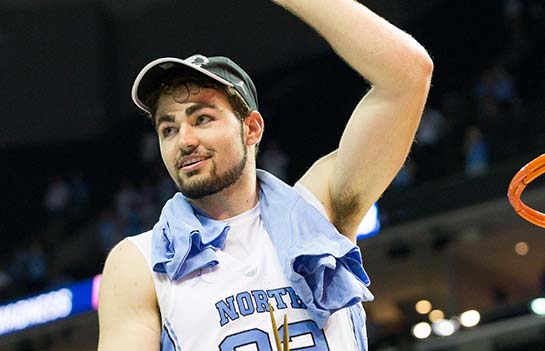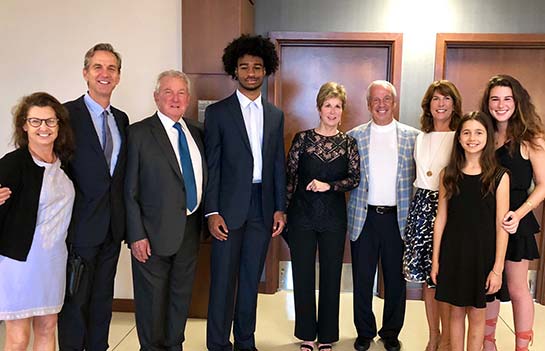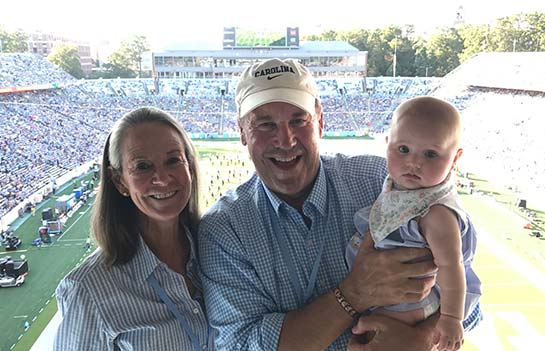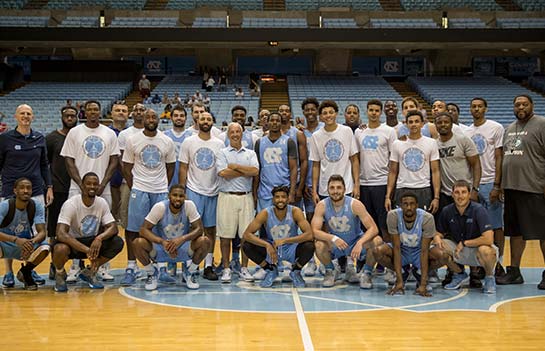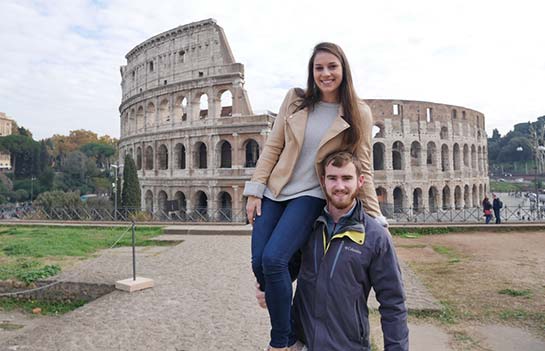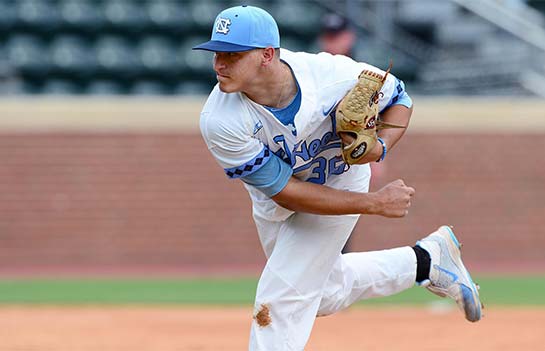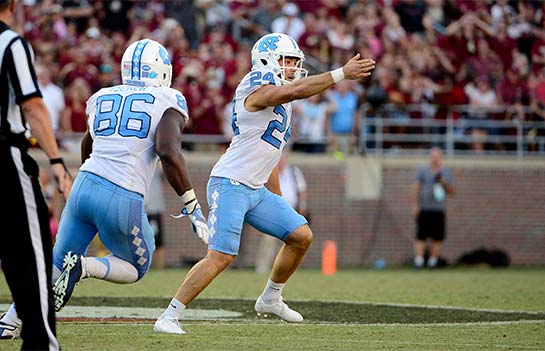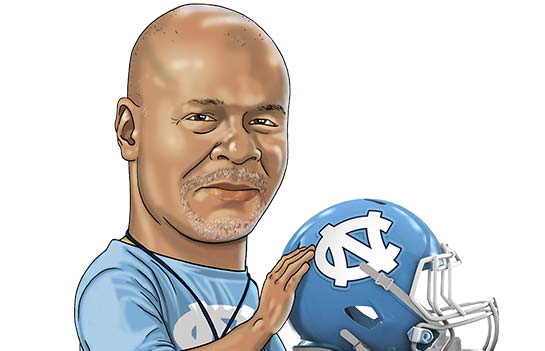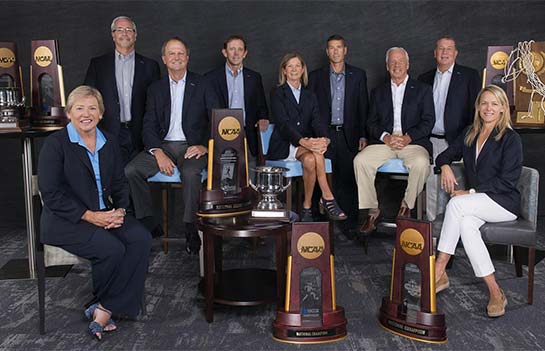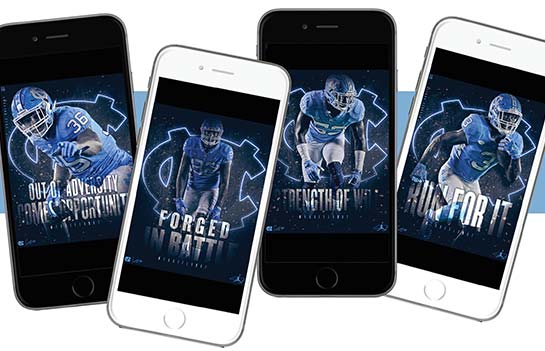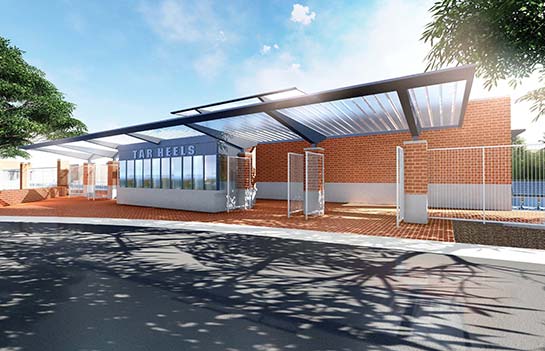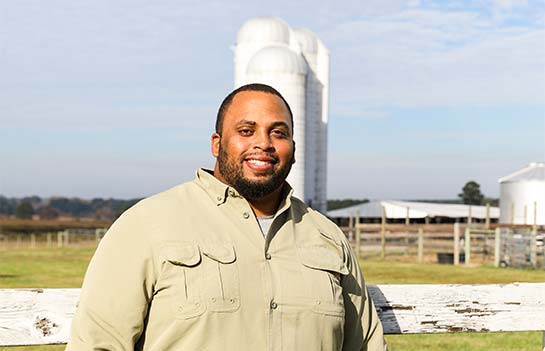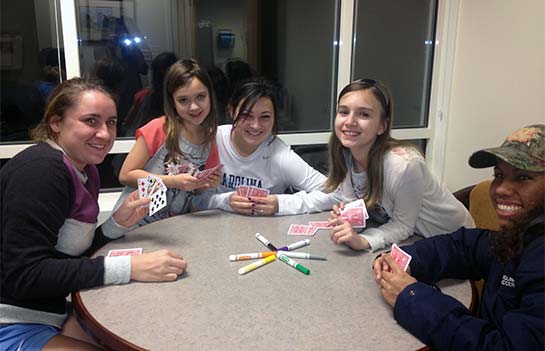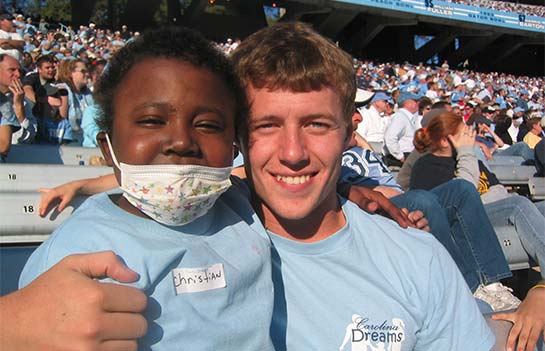The Right Medicine
THE MINI MEDICAL SCHOOL PROGRAM GIVES STUDENT-ATHLETES A DIFFERENT LOOK AT LEADERSHIP
By: PAT JAMES / Photos by: KORIE SAWYER
Long before joining the North Carolina men’s basketball team as a walk-on last season, Aaron Rohlman dreamed of being a doctor. But he didn’t know what kind.
Then during his junior year at Gastonia’s Hunter Huss High, Rohlman’s father, George Rohlman Jr., was diagnosed with acute lymphoblastic leukemia, a type of cancer of the blood and bone marrow that affects white blood cells.
“Right then, I was like, ‘That’s what I want to be. I need to be an oncologist. I can help people,’” Rohlman said. “I’m not sure if all doctors realize what their patients are going through. But I feel like that would be a good perspective to have with dealing with another patient with cancer.
“My dad passed away my freshman year in January (2015). Ever since, I’ve been driven to complete that goal.”
Rohlman plans on attending medical school after graduating in May 2018. But on Oct. 16, he and 21 other student-athletes attended “mini medical school” at UNC School of Medicine’s Berryhill Hall as part of Carolina INCUBATE, a Richard A. Baddour Carolina Leadership Academy program.
INCUBATE, previously known as the GAP Year program and Leadership Lab, began in 2010. Formed after some coaches expressed concern about there being only three levels of programming in the Leadership Academy– Carolina CREED for freshmen, Rising Stars for sophomores and juniors, and Veteran Leaders for team captains and veteran student-athletes– the program provides further leadership development through immersive experiences.
Shelley Johnson, the director of the Leadership Academy, said INCUBATE accomplishes this by adhering to the 70-20-10 Model of Leadership Development outlined by the Center for Creative Leadership (CCL).
The 70-20-10 Model suggests leaders learn from dedicating time to leadership application (70 percent), mentorship (20 percent) and instruction (10 percent). According to Johnson, CCL research showed most people flipped the amount of time spent on application and instruction.
“When you apply that to our sports and our coaches,” Johnson said, “if they spent 70 percent of the time talking at their student-athletes about the sport and only 10 percent practicing … on a consistent basis, it’s really not going to move the needle as far as the student-athletes’ development. They’ve got to get out on the field, they’ve got to get on the track, jump in the pool and get work done there.
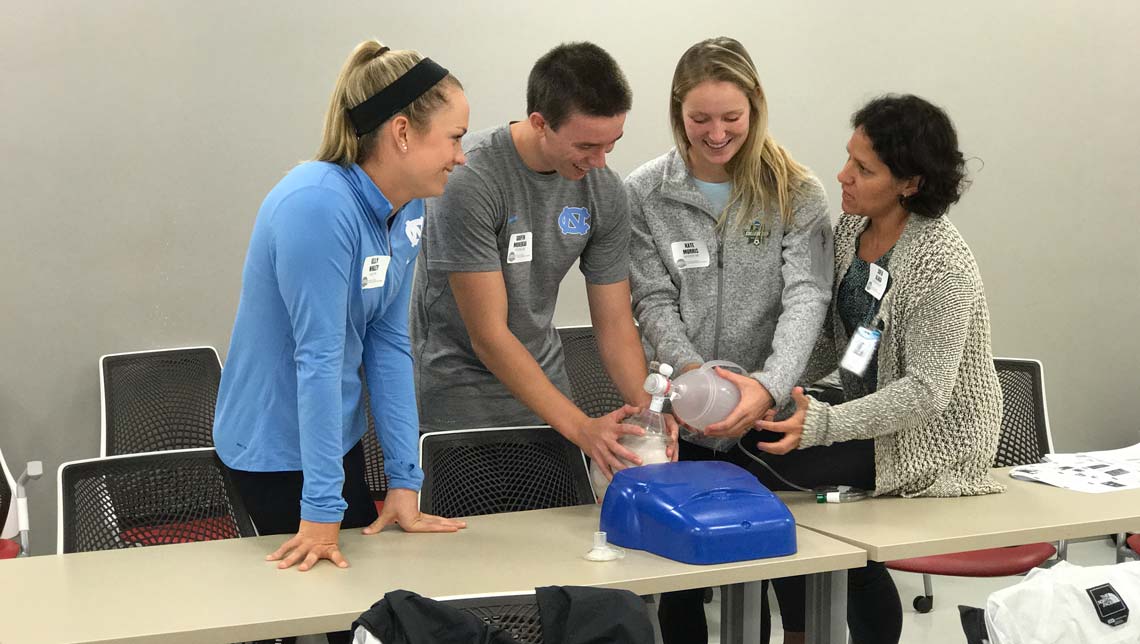
“(We were) trying to find workshops that were more experiential and not just having an activity or an experiential component within a workshop. So, a lot of them do take the form now of field trips.”
One such trip is to the men’s lacrosse team’s headquarters. Once there, Johnson said student-athletes participate in a “staff ride,” like those used in the military to learn from past campaigns, of the team’s 2016 national championship season.
Another INCUBATE trip is to the Ackland Art Museum. Johnson said the purpose of that visit is to encourage discussion about perspective and communication – one of the key leadership skills also discussed during the mini medical school.
Johnson said the mini medical school came about when UNC Hospitals contacted the student-athlete development office about becoming more involved with the athletic department. After some talks, Johnson said she and Cricket Lane, the associate athletic director for student-athlete development, joined UNC head coaches and athletic administrators for one of two mini medical school sessions that director of athletics Bubba Cunningham organized in the summer of 2016.
“At that point,” Johnson said, “we were all too eager to try to set up something for our student-athletes.”
So, as women’s soccer player Kate Morris, volleyball player Madison Laufenberg and football players Zach Goins and Mason Veal, along with student-athletes from several other sports, walked into Berryhill Hall’s Room 305 on Oct. 16, it marked the beginning of the program’s second year.
The session started with a 30-minute presentation by Dr. Benny Joyner, the division chief and a clinical associate professor of pediatric critical care medicine. During it, he spoke of TeamSTEPPS® (Team Strategies and Tools to Enhance Performance and Patient Safety) and how vital communication is to being a good teammate in the healthcare setting.
“When we did the mini medical school with the coaches and staff, a lot of people were observant of how the groups who perform together really function at a high level,” Joyner told the student-athletes. “A lot of that involves the teamwork and communication skills that you guys talk about. So, a lot of these things I’m going to talk to you about today, you probably have talked about in your individual activities, in your individual sports.
“The hope is we can draw the connection from what you guys are doing on a day-to-day basis into this medical simulation environment.”
The student-athletes then applied what they learned from Joyner’s presentation.
Split into three groups, they participated in a team-building competition with a hula hoop. Each team was instructed to lower the hoop from above its heads to the ground quickly and evenly. But to do so, each member could only use one finger on each hand, which couldn’t hook the hoop nor lose contact with it.
Communication proved key in the activity, as the winning team used collective counting.
Following that exercise, the student-athletes divided into eight groups. They then spread out across the third floor of Berryhill Hall and learned from UNC Hospitals employees – such as Dr. Kimberly Blasius, Dr. William Mills and Dr. Paul Shea – how to resuscitate someone in respiratory failure with emergency bag-valve-mask ventilation.
In one group, Rohlman and Goins practiced CPR on a mannequin as the Bee Gees’ “Stayin’ Alive” played. They also applied some of the TeamSTEPPS® communication techniques during a few patient scenarios.
“They have a lot more stamina to do chest compressions than we do,” joked Blasius after the student-athletes returned to Room 305 to debrief.
Rohlman, who is not officially part of INCUBATE, said he noticed a few similarities between the leadership skills needed on the basketball court and in the medical field.
“On defense, coach (Roy) Williams preaches trust,” he said. “You’ve got to be trustworthy if you’re going to play. I trust my teammates. Like if I’m going to help baseline, someone is going to have my back and have my guy covered.
“I feel like it’s the same way in the medical field. You’ve got to have trust with other doctors and nurses. You’ve got to understand they know what they’re doing, too. You don’t have to put it all on yourself. You’ve just got to hand it off to other people sometimes.”
The second mini medical school session of this academic year will be held in February. During it, Johnson said the student-athletes will practice more patient scenarios, like telling a family a loved one has died.
“To be able to learn from medical professionals how they handle those conversations,” Johnson said, “(it might) put into perspective conversations the student-athletes might find particularly challenging as leaders.”
But such a learning opportunity wouldn’t be possible without Joyner and other UNC Hospitals employees.
“Their willingness to put in a full day at the hospital or maybe they had a 36-hour rotation and they’re coming off that and they stay late to work with our student-athletes, it’s incredible,” Johnson said. “And I think it’s a testament to the quality of the health professionals we have at the hospital, but also a testament to the student-athletes and athletic department that it’s a mutual admiration society.
“I think our doctors are as impressed with our student-athletes as our student-athletes are with them. And the ability to do the things they do at the level that they do, it’s a real treat.”
This story appeared in the DECEMBER 2017 edition of Born & BredMore Stories
The impact of giving comes through in wonderful stories about Carolina student-athletes and coaches, as well as the donors who make their opportunities possible. Learn more about the life-changing impact you can have on a fellow Tar Heel through one of the features included here:
